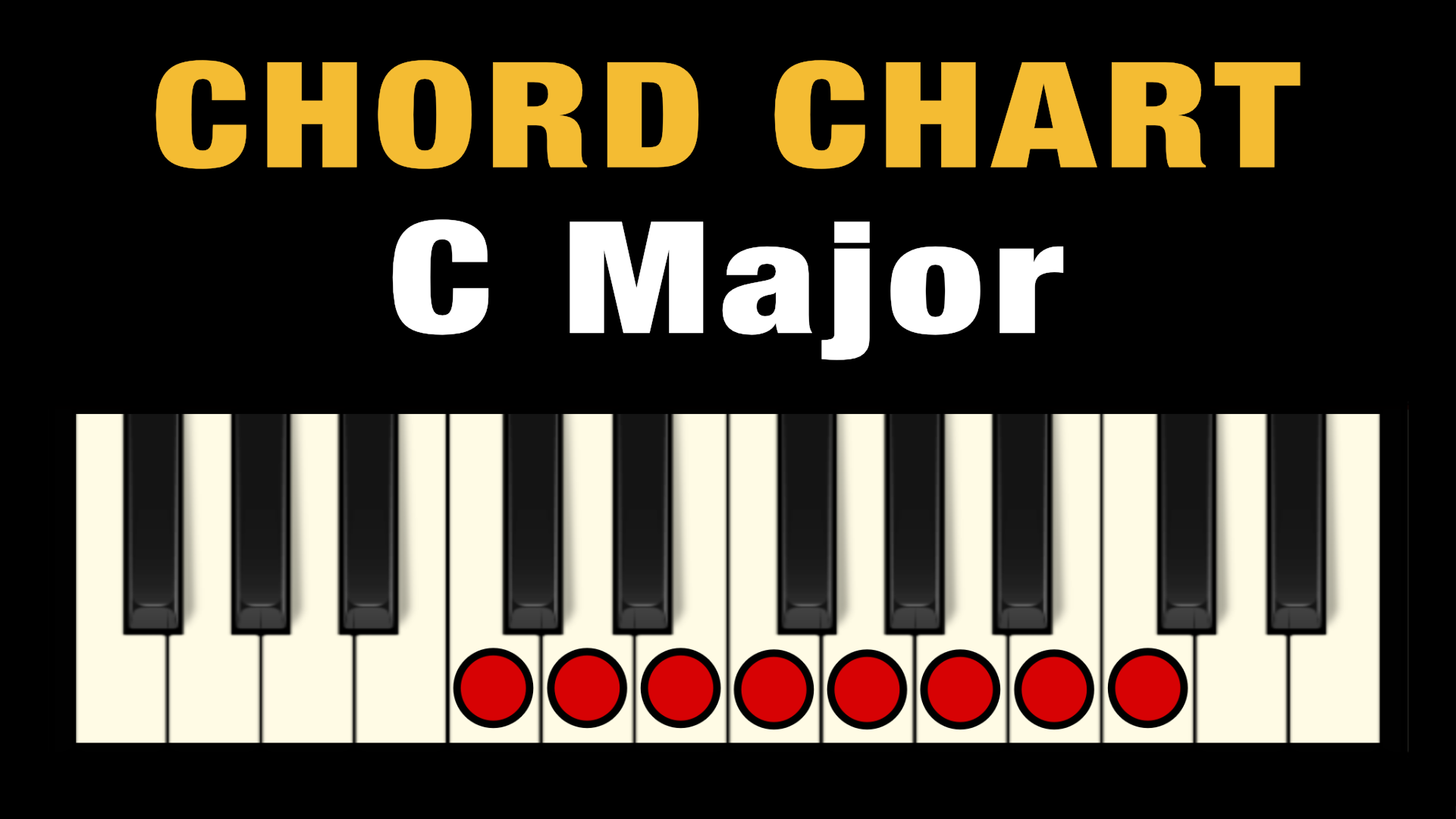
So the parallel major of C minor is C major, and the parallel minor of E major is E minor. Two keys are parallel when they share the same tonic.

Two related concepts are parallel major and parallel minor. C major is the relative major of A minor because both keys have no sharps and no flats, for example. In Chapter 1, we discussed the concepts of relative major and relative minor, which referred to major and minor keys that shared exactly the same notes. Borrowed chords in minor keys are less common, but we can sometimes borrow the I and IV chords from the parallel major. Have a look at guitar chords in other keys as well.When we’re in a major key, we can “borrow” chords such as iio, bIII, iv, bVI and viio7 from the parallel minor key, which means the minor key of the same name. The above is of course true not just for guitar chords, but chords in general. This gives us the notes B, D and F, which is the B diminished triad, therefore the seventh chord in the key of C is B diminished.Īnd that's about it, you should now know the intricacies of chords in the key of C. Ohoh, now we need to flatten the 3 rd AND the 5 th, since neither the D# or the F# are on the C major scale. This gives us the notes A, C and E, which is the A minor triad, therefore the sixth chord in the key of C is A minor. We have to lower the 3 rd to the flattened 3 rd. We get the notes G, B and D, which is the G major triad, therefore the fifth chord in the key of C is G major.Īgain, we need to modify our 3 rd note, which would be a C#, since that note is not in the key of C. We get the notes F, A and C, which is the F major triad, therefore the fourth chord in the key of C is F major.Īgain, the 1 st, 3 rd and 5 th of the G major scale are in the key of C, so we don’t need to modify any of the notes. This time we’re in luck, the 1 st, 3 rd and 5 th of the F major scale are in the key of C, so we don’t need to modify any of the notes. This gives us the notes E, G and B, which is the E minor triad, therefore the third chord in the key of C is E minor. So our 3 rd note would be a G#, but we can’t have that, since that note is not in the key of C. All of these notes are on the C major scale as well, therefore the second chord in the key of C is D minor. This gives us the notes D, F and A, which is the D minor triad.

So our 3 rd note for would be an F#, but we can’t have that, since that note is not in the key of C major (not on the C major scale). This gives us the notes C, E and G, which is the C major triad, therefore the first chord in the key of C is C major. Now let’s calculate the quality of each chord in the key of C.

Major triad (major chords) with scale degrees 1 3 5.Confusing? Have no fear, we'll get to some examples shortly. If any note is not on the C major scale, we’ll have to flatten it to make it a note that can be found on the C major scale. This means that starting from each root note, we’ll count out the 1 st 3 rd and 5 th degrees along the major scale of that given root note. The C major scale has 7 notes, each with a corresponding scale degree:īut how do we know which chord will be major or minor? Starting from a given root note, we need to form its triad in a way that leaves the chord constructed only from notes that can be found on the C major scale. Oh, if you're a beginner guitar player and lost track already, you'll want to get familiar with the major scale on guitar before continuing this lesson. The chords in C will root on the notes along the C major scale, since all chords in a major key are formed by notes from their respective diatonic scale. Why are these the chords in the key of C major? (the theory) I = major, ii = minor, iii = minor, IV = major, V = major, vi = minor, vii = diminished Popular chord progressions in the key of C Progression TIP: The chords of any major key will always have the following major-minor pattern:


 0 kommentar(er)
0 kommentar(er)
